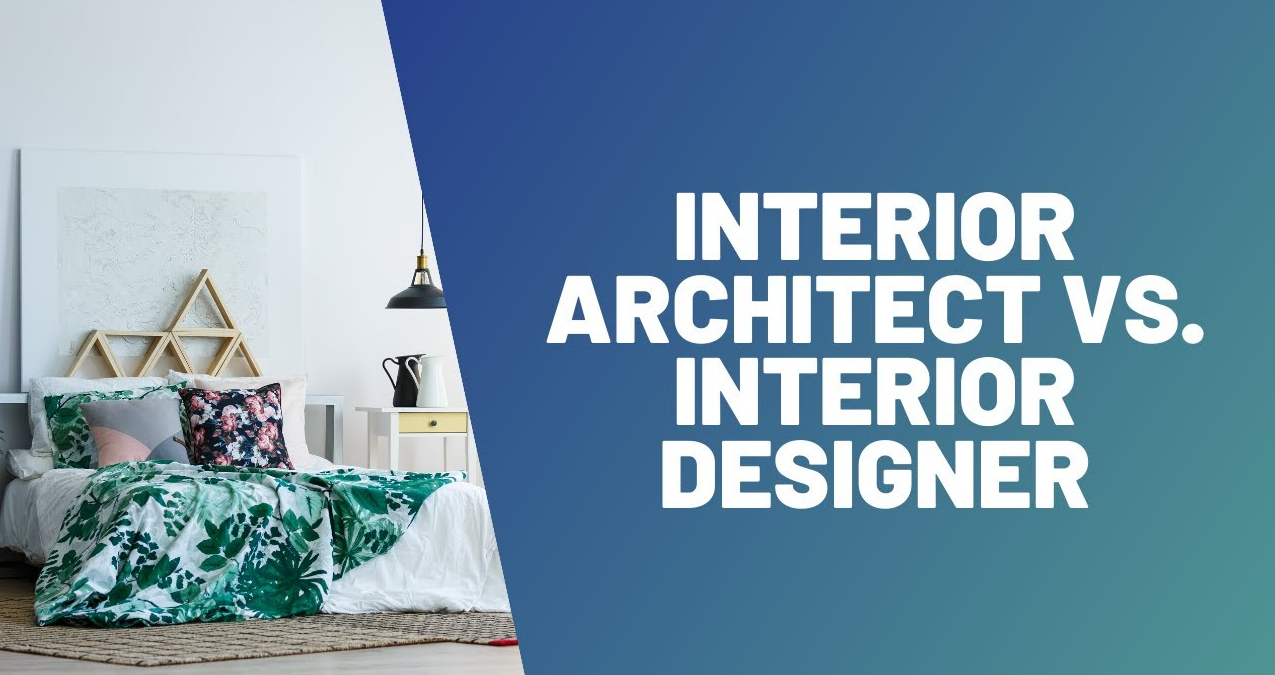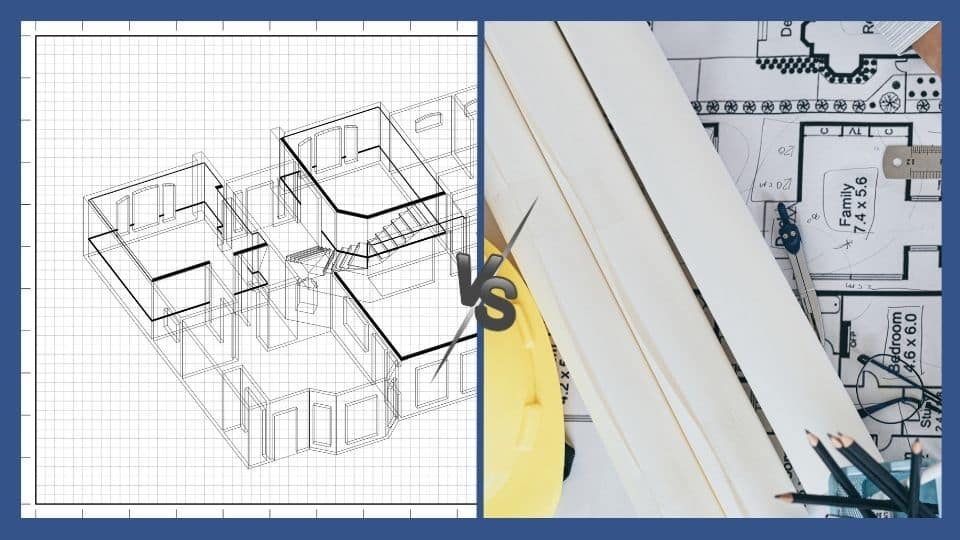Making The Most Of Aesthetic Allure: The Synergy Between Interior Design and Home Designer Techniques
Recognizing the refined interplay in between indoor design and home style can substantially raise the visual charm of a space. This marital relationship of style disciplines entails a thoughtful assimilation of architectural components with interior layouts, and a proficient application of concepts such as comparison, rhythm, and equilibrium. As we explore this harmony, we will certainly uncover ways to develop visually striking and useful settings that not only mirror personal style, yet likewise adjust to the dynamic requirements of modern living.
Understanding the Fundamentals: Specifying Interior Design and Home Design
Indoor style and home design, typically linked, stand for the visual and architectural elements of our living areas. Inside design is a diverse discipline that involves creating functional, risk-free, and visually pleasing spaces inside a building. On the various other hand, home design mostly concentrates on the solid structure of a structure.
The Harmony Discussed: Exactly How Interior Decoration and Home Style Intersect
Recognizing the harmony in between indoor design and home architecture can open a world of creative thinking and capability. When reviewing this intersection, the impact of architecture on interiors is a critical element to think about. This conversation will concentrate on the unifying layout principles that blend these two fields into an unified whole
Unifying Style Principles
While it might appear that interior decoration and home design are two distinct disciplines, they are really deeply interconnected, forming a harmony that is essential for creating harmonious space. Unifying layout principles are the pillars that promote this symbiosis. The principles consist of balance, rhythm, emphasis, consistency, and comparison. These aspects integrate to offer a natural visual appeal. Equilibrium develops a sense of security, rhythm offers a sense of activity, consistency makes sure unity, comparison sparks rate of interest, and focus accentuates key elements. The strategic application of these principles allows a smooth blend of aesthetics and feature, improving the total experience of the area. In significance, these concepts serve as the bridge, joining indoor design and architectural methods.
Architectural Influence on Insides
The intertwining of indoor design and design becomes even extra obvious when one takes into consideration the building influence on insides. Building elements are innate to a room's capability and aesthetics, shaping the style from the start. Their harmony is hence indisputable: style develops the framework, which interior design enhances with decoration, structure, and shade.
Key Concepts in Harmonizing Interior Design and Home Architecture
Striking a balance between performance and visual appeal is an essential element of balancing interior decoration and home design. A similarly crucial principle is the integration of lasting layout to create environment-friendly and energy-efficient homes. Lastly, understanding and exploring different building styles can likewise play a crucial function in accomplishing an unified style.

Stabilizing Performance and Appearance
Balancing capability and visual appeals in interior layout and home design becomes one of the critical concepts to take into consideration. This delicate balance calls for a precise blend of usefulness and allure, aiming to create areas that are not just aesthetically pleasing yet additionally serve their designated function successfully. Visual appeal boosts the state of mind and affects the perception of area, whereas performance makes sure use and comfort. Secret to this equilibrium is a thoughtful choice of components such as illumination, appearance, and shade, which have to enhance each various other while offering their specific functions. Just as important is the efficient setup of check here the room, with a well-planned design contributing dramatically to the harmony between functionality and appearances. This unified mix eventually enhances the lifestyle for the residents.
Sustainable Layout Combination
In maintaining the balance between capability and aesthetic appeals, one should additionally think about the assimilation of sustainable style principles. This strategy not just boosts the visual allure of a room but additionally guarantees its durability and decreased environmental impact. The vital lies in picking materials that are green, durable, and appealing. This includes natural, recycled, or low-impact materials that contribute to a healthier and a lot more lasting globe. Designers and developers can additionally incorporate energy-efficient systems, such as energy-saving home appliances or solar panels. Making sure excellent indoor air quality with adequate all-natural lights and ventilation is important. Consequently, an unified fusion of interior decoration and home architecture, directed by sustainability, can produce areas that are attractive, functional, and eco-friendly.
Checking Out Architectural Designs
While there are a plethora of building designs to check out, it is vital to understand that every one brings its unique concepts that can considerably affect the harmonization of indoor design and home style. These styles, varying from the elaborate Baroque to the minimalist Modernist, bring unique philosophies and looks that, when effectively comprehended and utilized, can create homes that are not only aesthetically spectacular yet likewise harmoniously incorporated in terms of layout and architecture. Picking a building style is not just about individual aesthetic choice; it has to do with picking a design language that talks to the home owner's lifestyle, viewpoint, and aspirations, producing a home that is a real reflection of its homeowners.
Case Researches: Outstanding Instances of Design and Architecture Synergy
Delving into some phenomenal study offers an extensive understanding of exactly how layout and style can harmoniously merge to produce engaging and practical spaces. The famous Fallingwater residence, designed by Frank Lloyd Wright, exceptionally shows this harmony. Wright's design masterfully integrates your home with its bordering landscape, while the indoor mirrors the exterior's organic types. One more instance is the minimalistic Tadao Ando's Church of Light in Japan. The engineer attained a best equilibrium between simpleness and dramatization, utilizing raw concrete and light. Internally, the stark, minimal style produces a feeling of tranquility and spiritual consideration. These examples show the value of harmony in between interior design and architecture in accomplishing aesthetic and practical try this out success.
Practical Tips: Enhancing Your Home's Aesthetic Appeal
Drawing ideas from the situation research studies of architectural and design harmony, house owners too can apply some useful techniques to enhance their home's visual appeal. A harmonious blend of colors, appearances, and lighting can boost an area, creating a cozy and welcoming ambience. Opting for furnishings that matches the architectural components of your house can promote a sense of unity. Wall surface art and design items can add character, reflecting individual style and preference. Incorporating plant, either through indoor plants or views to the outdoors, can bring an aspect of nature, delivering a relaxing result. Brilliant use of mirrors can open a space, providing an illusion of a bigger area. Inevitably, the aesthetic allure hinges on stabilizing functionality with design, creating a home that is both livable and lovely.

Future Fads: Just How Modern Techniques Are Altering Interior Design and Design
As the globe advances, so do the trends in interior style and architecture. Modern methods are significantly concentrating on sustainability, incorporating green products and energy-efficient designs. These trends show a shift in the direction of layouts that are not just cosmetically pleasing, however additionally eco conscious, technologically advanced, and adaptable to altering websites way of livings.
Conclusion
Finally, the combination of interior design and home architecture strategies is a vibrant technique to improving aesthetic appeal. By leveraging key concepts like balance, comparison, and rhythm, and incorporating components of contemporary living, designers can create functional, visually pleasing environments. Through understanding this harmony, house owners can make educated choices that not only boost their space but also add to their general well-being.
Understanding the subtle interplay in between interior layout and home architecture can significantly raise the aesthetic allure of a living area.Indoor design and home architecture, commonly linked, represent the architectural and aesthetic facets of our living areas.While it might seem that indoor style and home architecture are 2 distinct techniques, they are actually deeply interconnected, developing a harmony that is vital for creating unified living rooms.The intertwining of interior layout and architecture ends up being also a lot more apparent when one takes into consideration the architectural influence on insides. A harmonious combination of interior layout and home architecture, assisted by sustainability, can develop spaces that are lovely, functional, and ecologically friendly.